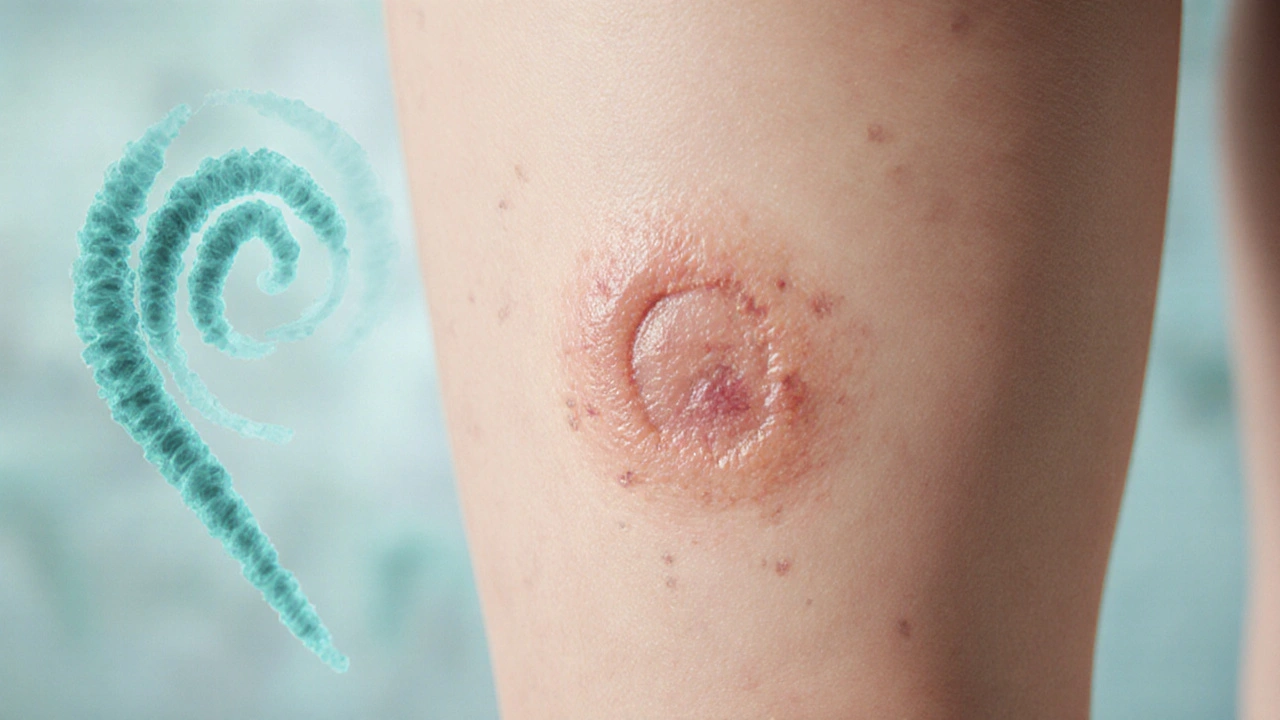Syphilis Diagnosis: How It's Done, What Tests Are Used, and What Comes Next
When it comes to syphilis diagnosis, a bacterial infection caused by Treponema pallidum that spreads through sexual contact. Also known as the great imitator, because its symptoms can look like many other conditions, syphilis is easy to miss—but deadly if left untreated. The good news? It’s one of the most reliably detectable sexually transmitted infections if you get tested.
Doctors don’t just guess. They use a two-step process: first, a blood test for syphilis, a screening test that looks for antibodies your body makes in response to the infection, then a confirmatory test to rule out false positives. These tests don’t look for the bacteria itself—they see your immune system’s reaction. That’s why early-stage syphilis can sometimes slip through if tested too soon. If you’ve had unprotected sex, shared needles, or have sores or rashes you can’t explain, getting tested isn’t optional—it’s essential.
Many people don’t know they have syphilis because the first sign—a painless sore on the genitals, mouth, or rectum—often disappears on its own. The second stage brings a rash, fever, swollen glands, or fatigue, which people might blame on the flu. By then, the infection is spreading through the body. Left untreated, syphilis can attack the brain, heart, and nerves years later. That’s why STI screening, routine testing for sexually transmitted infections, even without symptoms is so important, especially for sexually active adults.
Testing is quick, cheap, and often done during annual checkups or when you visit a clinic for any reason. No needles? No problem—some clinics use oral swabs or fluid from sores. But blood tests are still the gold standard. If you’re pregnant, you’ll be tested automatically. That’s because syphilis can cause stillbirth or severe birth defects. If you’ve been diagnosed before, you’ll need follow-up blood tests to make sure treatment worked.
What you find out next matters. A positive result doesn’t mean you’re doomed. Syphilis is curable with a single shot of penicillin in early stages. Later stages need more doses, but recovery is still likely. The key is catching it before it hides in your body. That’s why knowing your status, getting tested regularly, and talking to partners aren’t just smart—they’re lifesaving.
Below, you’ll find real-world guides that break down how syphilis testing works, what symptoms to watch for, how it connects to other infections like HIV, and what to do if you’re worried you’ve been exposed. These aren’t theory pieces—they’re practical, no-fluff resources written by people who’ve been there.
- Archer Pennington
- 17
Syphilis Stages Explained: From Primary to Tertiary
Learn the four stages of syphilis, their symptoms, diagnosis methods, and treatment options. Get clear guidance on prevention, early detection, and when to seek medical care.
Read more
